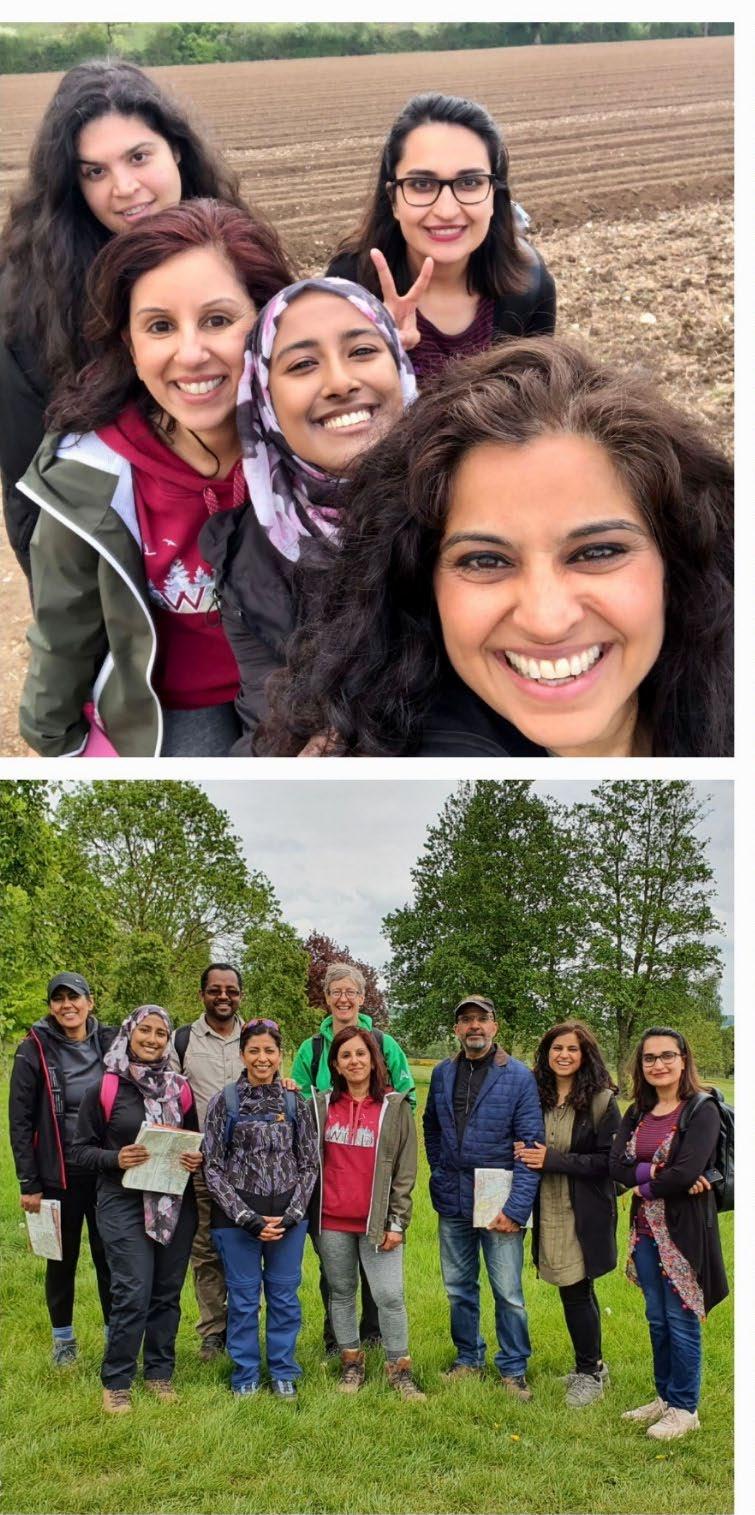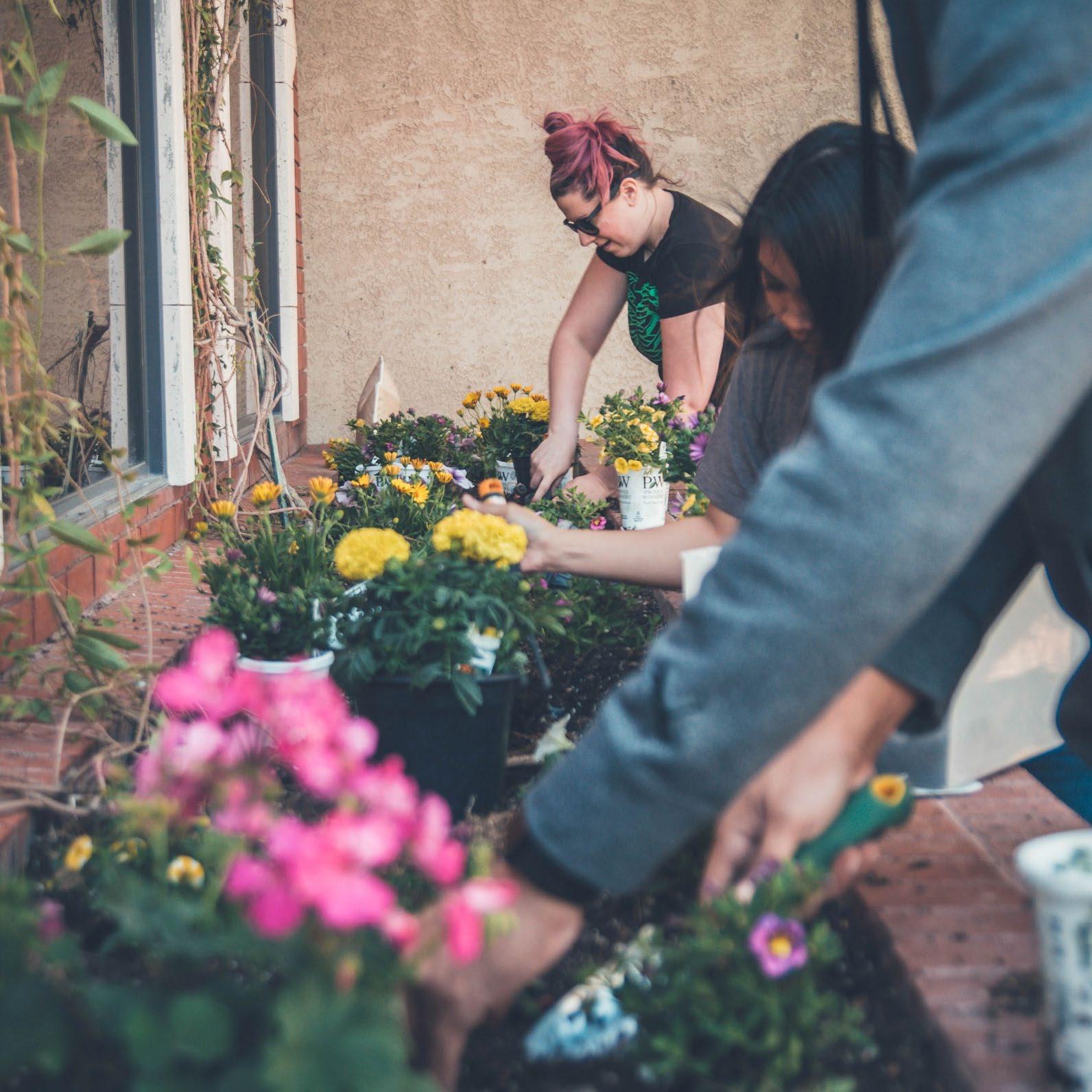
4 minute read
More than just a number
The biodiversity net gain agenda provides an opportunity for us to push for more, says Ben Gardner from Ecology by Design and Civity. As an ecology consultant my role is to aid developers to think about integrating ecology and environment into their plans. Nitrate neutrality and Green Belt concerns impact every county across England, causing huge planning issues for councils, developers and communities across the country Since last year, this has been exacerbated by the latest buzz word – Biodiversity Net Gain. While all new developments will be required to demonstrate a 10% increase in biodiversity from 2023, the approach and systems for making it work are still being identified.
To make building nature in work we need to make sure that the landscape and the wildlife is something that everyone can participate in and enjoy. Biodiversity offsetting and habitat banking all play a huge part in this, but, I believe that focusing our attention just on biodiversity net gain isn't going far enough. What we should really be talking about is
Advertisement
“environmental net gain”. Or let’s take it even further and talk about “mutual net gain” or just “net gain” for everybody involved.
Over the last couple of years we've all seen how important it is to be connected with green spaces whether that was in the urban environment or in the rural environment. We need to get better at recognizing the full potential of our natural capital and the benefits it brings and offset this on a much larger scale - as big as we can possibly go. Be as ambitious as we possibly can.
1 in 3 people currently don't have adequate access to green space. How can we use the BNG agenda to help address this? Leveraging the funding, the pools of cash, and the pools of expertise from large-scale habitat banking or biodiversity offsetting projects and bringing this to bear onto the urban environment will be beneficial to all.
So, my challenge to you as you read this is to get involved in this conversation and try and look at biodiversity gain not as a challenge, but as an opportunity. Can we try and do more. Can we go for net gain overall.

Diverse lenses of nature connection
In considering how to champion nature for everyone, it is vital that we recognise the diverse lenses of nature connection says Geeta Ludhra, lecturer at Brunel University, Trustee of Chilterns AONB and community walk leader.
My story into connecting with nature is through the healing of childhood intergenerational trauma – and more recently - menopause trauma. As a Britishborn South Asian woman of colour of first generation working-class migrants, I embody the stories of my community in relation to nature connections experienced through faith, spirituality, religion, race, and gender, ancestral cultural knowledge and philosophies, folk stories and ayurvedic healing.
As organizations and individuals we must critically question and unpick the hierarchy of connecting with nature experiences. When I entered the space a couple of years ago - I didn't see people or stories like mine being celebrated or valued.
The nature experiences of people of colour or women like me were represented as lacking knowledge or felt colonized and inauthentic. So I found ways to seek out and nurture the nature stories of people that connected with my ancestral history.
I felt inspired when I started to find Indian feminist scholars like Vandana Shiva an Indian environmentalist who connects to the soil in powerful ways. But, I continue to question whose voices and nature stories are heard, centred and amplified.
As a teacher educator I’m very aware of how language carries power. Creating deep connections in, with and through nature requires us to move beyond complex terms and scientific knowledge. The Meta language around nature includes some but excludes others. Of course we need Meta language and we know it equips us powerfully, but in my community work that's not my starting point - it's always the emotional and the psychological connection with nature. The health and well-being market is suffocated and saturated through a
And, who's willing to give up their power? We need much more than diverse photo banks of people of colour in nature. How deep do you want to go? Are you willing to get uncomfortable?
In his book “soil soul and society” Satish Kumar reminds us that the motivation behind our actions determines the quality of our actions. If our politics is guided by genuine service to the community (not, “you are the poor people and we're givingnature to you”, rather “you already understand nature but with a different way of understanding”) then, our politics becomes spiritual. When the right people are leading nature spaces they will reach out through deep commercial lens, with a dearth of research on green prescriptions and nature benefits. If I had talked to my mum and dad while growing up about nature as “health and wellbeing”, they would have laughed. For my parents, as first generation migrants, engaging with nature was about surviving not thriving. So, again, I encourage you to question whose lens are health and nature benefits written and presented through. cultural knowledge and research that is led through a decolonizing lens. We are more likely to find authentic ways to build nature in.
When we talk about inclusion and diversity partnerships, are we demonstrating a tokenistic equality diversity and inclusion agenda or are we genuinely listening, engaging and acting? How do the power dynamics and politics play out in designing and connecting people with nature spaces? Who’s partnering with who and why?
Weare not hard to reach, it’s the institutions which are hard to reach. We have to be willing to get uncomfortable, uneasy, give up our privilege and power, to de-centre traditional dominant narratives of how people and nature connect.







